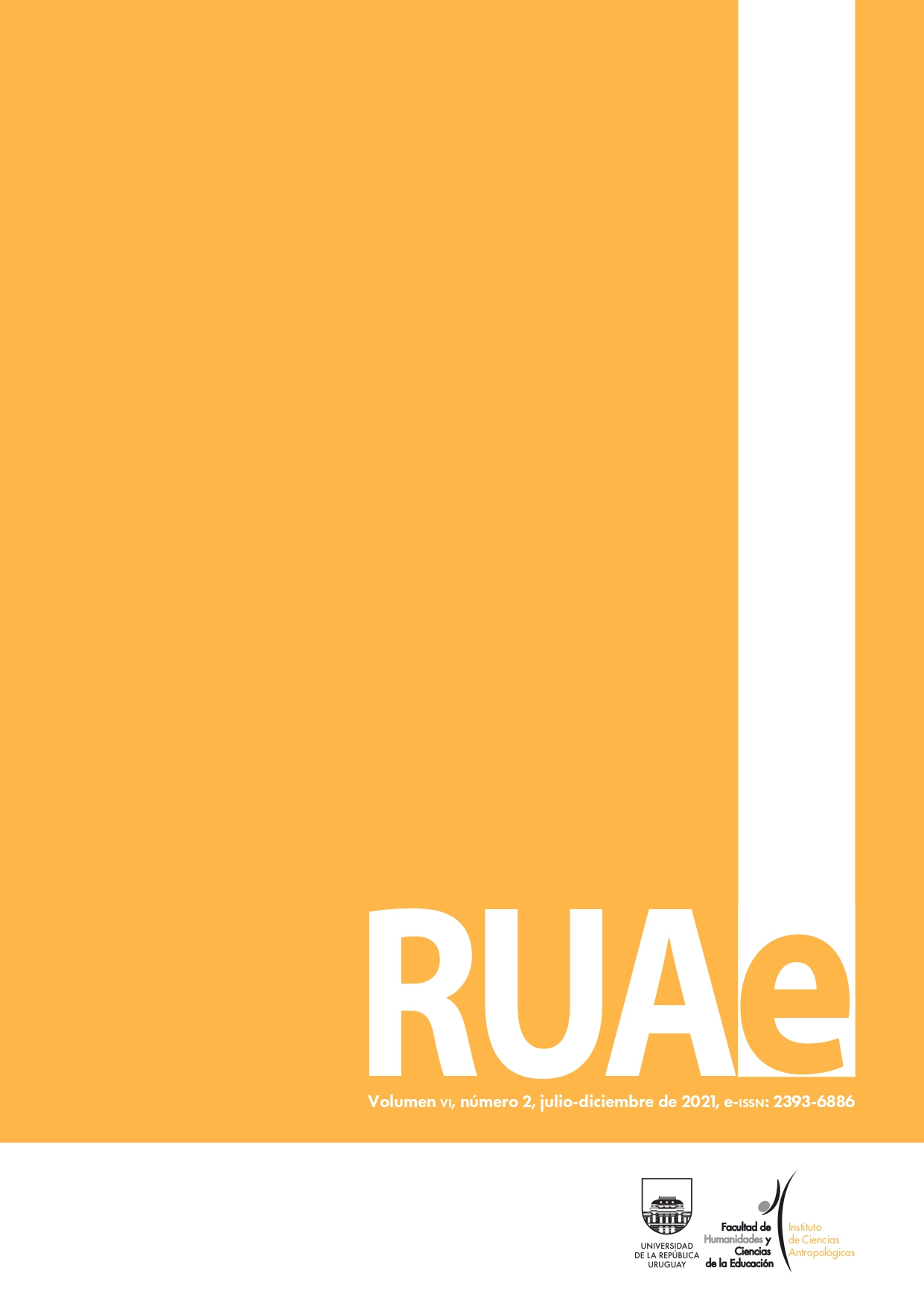O controle do risco na zooterapia: : cooperação, confiança e modelação do ser vivo em uma técnica de trabalho
Published 2021-12-20
How to Cite
Copyright (c) 2021 Ivana dos Santos Teixeira

This work is licensed under a Creative Commons Attribution-NonCommercial 4.0 International License.
Abstract
Zootherapy is a contemporary manifestation and it can be considered as a therapeutic technique in the Western medical system. Its recognition process as a professional activity has been marked by new rules and requirements and, among these, the control of risks that have been associated with this practice. Considering such actions, this work investigates the ways in which risk perception has mobilized zootherapy professionals, animals, and institutions, as well as addressing the professionalization of this type of intervention. We use an approach based on practice and objectification of the way of doing, with participant observation in different zootherapy associations. The analysis of the data was guided by the premises of the anthropology of the technique that sheds light on the actions involved in different processes of human life in dialogue with the environment. Through technically oriented knowledge, skills, and attitudes, those involved rationalize the dangers of their work routine by cultivating bodily and emotional dispositions that ensure the permanence of the technique in this universe.
Downloads
References
- Canguilhem, G. (1951/1992). La connaissance de la vie. Paris: Vrin.
- Chandler, C. K. (2005). Animal Assisted therapy in counseling. 2.ª ed. New York: Routledge.
- Costa Neto, E. M. (1999). Barata é um santo remédio: introduçã o à zooterapia popular no estado da Bahia. Feira
- de Santana: uefs.
- Costa Neto, E. M. (2006). Os moluscos na zooterapia: medicina tradicional e importância clínicofarmacológica.
- Biotemas, 19(3), 7178.
- Disponível em <https://periodicos.ufsc.br/index.php/biotemas/article/
- view/21177/19158>.
- Descola, P. (2005). Pardelà
- nature et culture. Paris: Gallimard.
- DeMello, M. (2012). Animals and Society: An Introduction to Human-Animal Studies. New York: Columbia
- University Press.
- Dotti, J. (2005). Terapia e Animais. São Paulo: Noética.
- European Society for Animal Therapy (ESAAT) (2010). Principles for Animal-Assisted Work with Domestic
- Animals and Pets. Viena: esaat. Disponível em <https://www.en.esaat.org/fileadmin/_migrated/
- content_uploads/esaat_principles.pdf>.
- Ferret, C. (2006). Techniques iakoutes aux confins de la civilization altaïque du cheval. Contribution à une
- anthropologie de l’action (Thèse de doctorat en anthropologie sociale et ethnologie). ehess, París.
- Ferret, C. (2012). Vers une anthropologie de l’action. André-Georges Haudricourt et l’efficacité technique.
- L’Homme, 202, 113-140. https://doi.org/10.4000/lhomme.23041
- Fine, A. H. (2010). Handbook on Animal – Assisted Therapy. Theoretical Foundations and Guidelines for Practice. 3.ª
- ed. Londres: Academic Press-Elsevier.
- Fuchs, H. (1987). O animal em casa: em estudo no sentido de des-velar o significado psicológico do animal de estimaçã o
- (Tese de doutorado). Instituto de Psicologia, Curso de Pós-Graduaçã o em Psicologia, usp. Disponível em
- <https://teses.usp.br/teses/disponiveis/47/47132/tde-27042018-151119/pt-br.php>.
- Grandgeorge, M.. e Hausberger, M. (2011). Humananimal relationships: from daily life to animal assisted
- therapies. Ann Istitute Super Sanità, 47(4), 397-408.
- Greimas, A. J., e Courtés, J. (1979). Sémiotique. Dictionnaire raisonné de la théorie du langage. París: Hachette.
- Haudricourt, A.-G. (1962). Domestication des animaux, culture des plantes et traitement d’autrui. L’Homme, 2(1),
- -50.
- Heredia, J. M. (2011). Etología animal, ontología y biopolítica en Jakob von Uexküll. Filosofia e História da Biologia,
- (1), 6986. Disponível em <http://www.abfhib.org/FHB/FHB-06-1/FHB-6-1-05.html>.
- Ingold, T. (1994). What is an animal? Londres: Routledge.
- Ingold, T. (1998). Humanidade e animalidade. Revista Brasileira de Ciências Sociais, 28. Disponível em
- www.biolinguagem.com/inuma/INGOLD%201994%20humanidade%20e%20animalidade.pdf>.
- Ingold, T. (2000). The Perception of the Environment: Essays in Livelihood, Dwelling and Skill. Londres: Routledge.
- Ingold, T. (2007). Lines: A Brief History. Londres: Routledge.
- Lestel, D. (2004). L’Animal singulier. Paris: Éditions du Seuil.
- Levinson, B. (1969). Pet Oriented Child Psychotherapy. Springfield, Ill.: Charles C. Thomas, publisher.
- Matuszek, S. (2010). Animal facilitated Therapy in Various Patient Populations. Systematic Literature Review. Holist
- Nurs Pract, 24(4), 187-203. Disponível em <https://journals.lww.com/hnpjournal/fulltext/2010/07000/
- Animal_Facilitated_Therapy_in_Various_Patient.3.aspx>.
- Murthy, R., Bearman, G., Brown, S., Bryant, K., Chinn, R., Hewlett, A., … Weber, D. (2015). Animals in Healthcare
- Facilities: Recommendations to Minimize Potential Risks. Infection Control & Hospital Epidemiology, 36(5),





